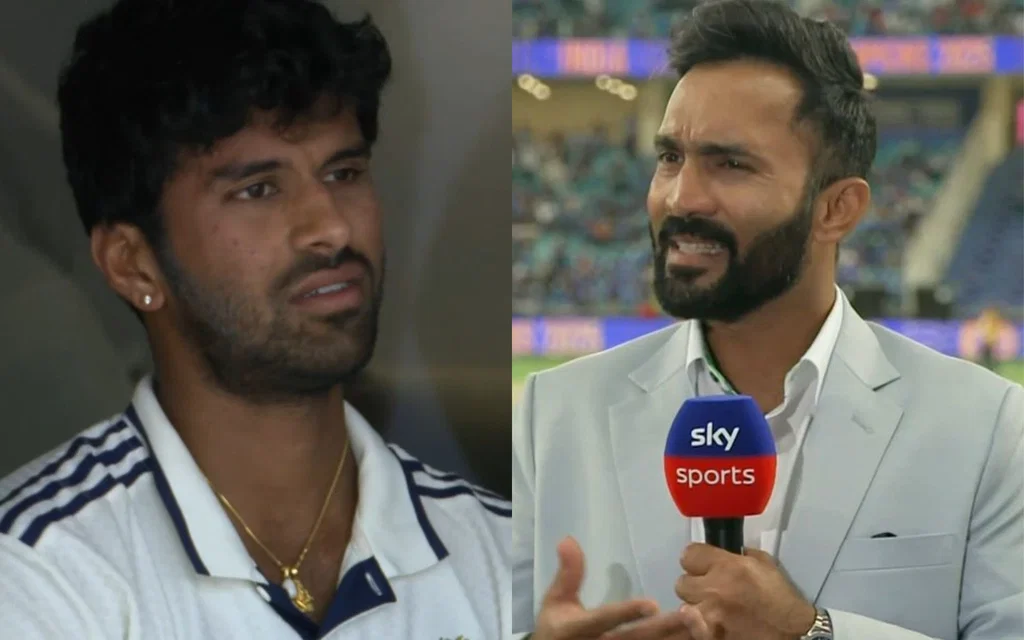Washington Sundar was handed an unexpected promotion to No. 3 in the first Test against South Africa at Eden Gardens, a move that raised eyebrows but also showcased his temperament under pressure. While India faltered around him, Sundar displayed calmness and control, offering glimpses of a reliable top-order option.
However, not everyone is convinced that the experiment should continue. Former India wicketkeeper Dinesh Karthik has sounded a strong warning, expressing concern that such a shift in role could come at the cost of Sundar’s primary skill like his bowling.
Dinesh Karthik’s warning: Don’t let Sundar’s bowling suffer
“Where is Washington Sundar the Test player being looked at? Is he a bowler who can bat? Now if you are sending him at three, you are almost telling him that he needs to focus a lot more on batting,” Karthik said on Cricbuzz.
He believes that promoting Sundar sends a clear message that India now expects significant runs from him, which might force the all-rounder to prioritise batting preparation over bowling. According to Karthik, long hours spent refining top-order technique naturally reduce the time and physical capacity available for bowling practice.
“The moment he starts spending those long hours for batting in practice, you tend to reduce your practice for bowling because it is physically impossible to be good at both… This could affect his bowling in the long run,” Karthik added. He cautioned that India must avoid turning Sundar from a bowling all-rounder into a part-time spinner who primarily contributes with the bat.
Washington Sundar now finds himself at a crossroads. Should India continue shaping him into a top-order batter, or preserve his role as a frontline spinner who adds vital runs down the order? With the search for a stable No. 3 ongoing, Sundar brings technique and composure, but the risk of weakening India’s spin attack especially in conditions that demand two dependable spinners may be too great to ignore.
The upcoming Test against South Africa in Guwahati will reveal whether the team management sticks with this bold experiment or reverts to a more traditional approach.

